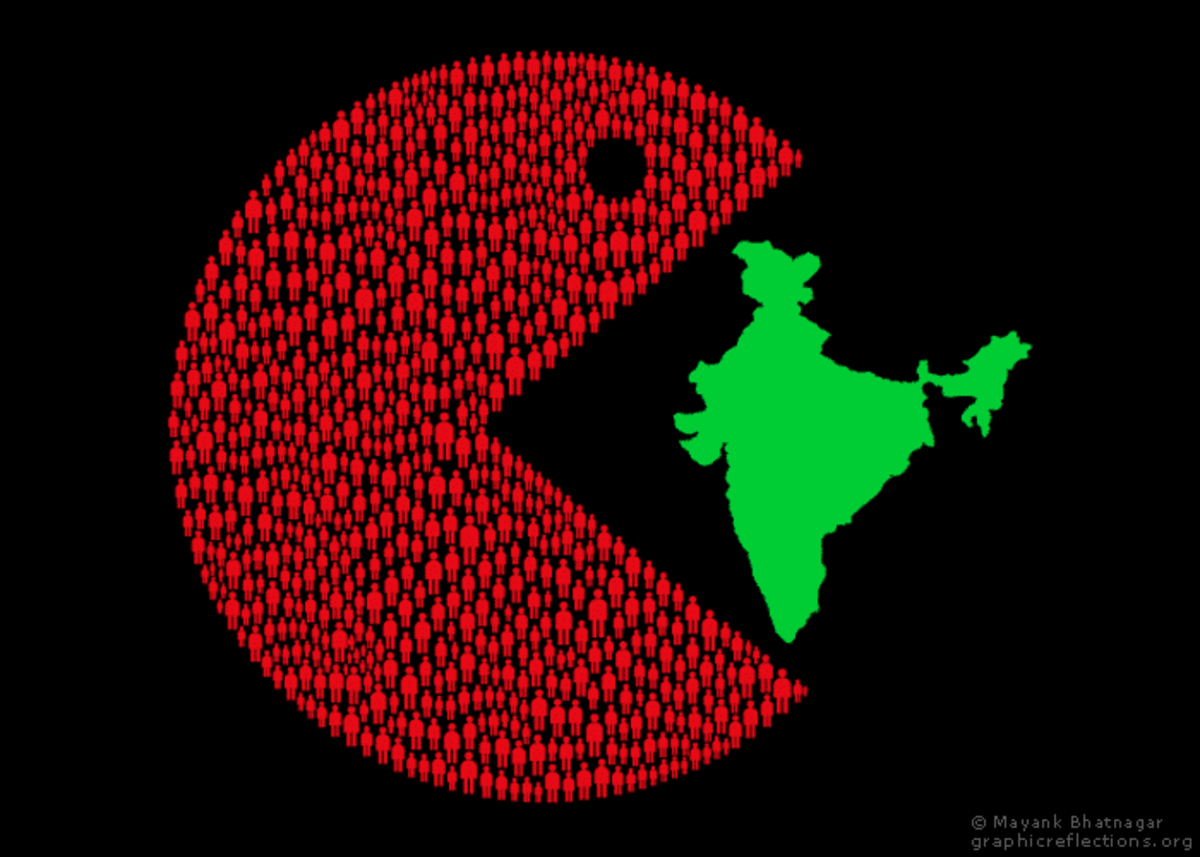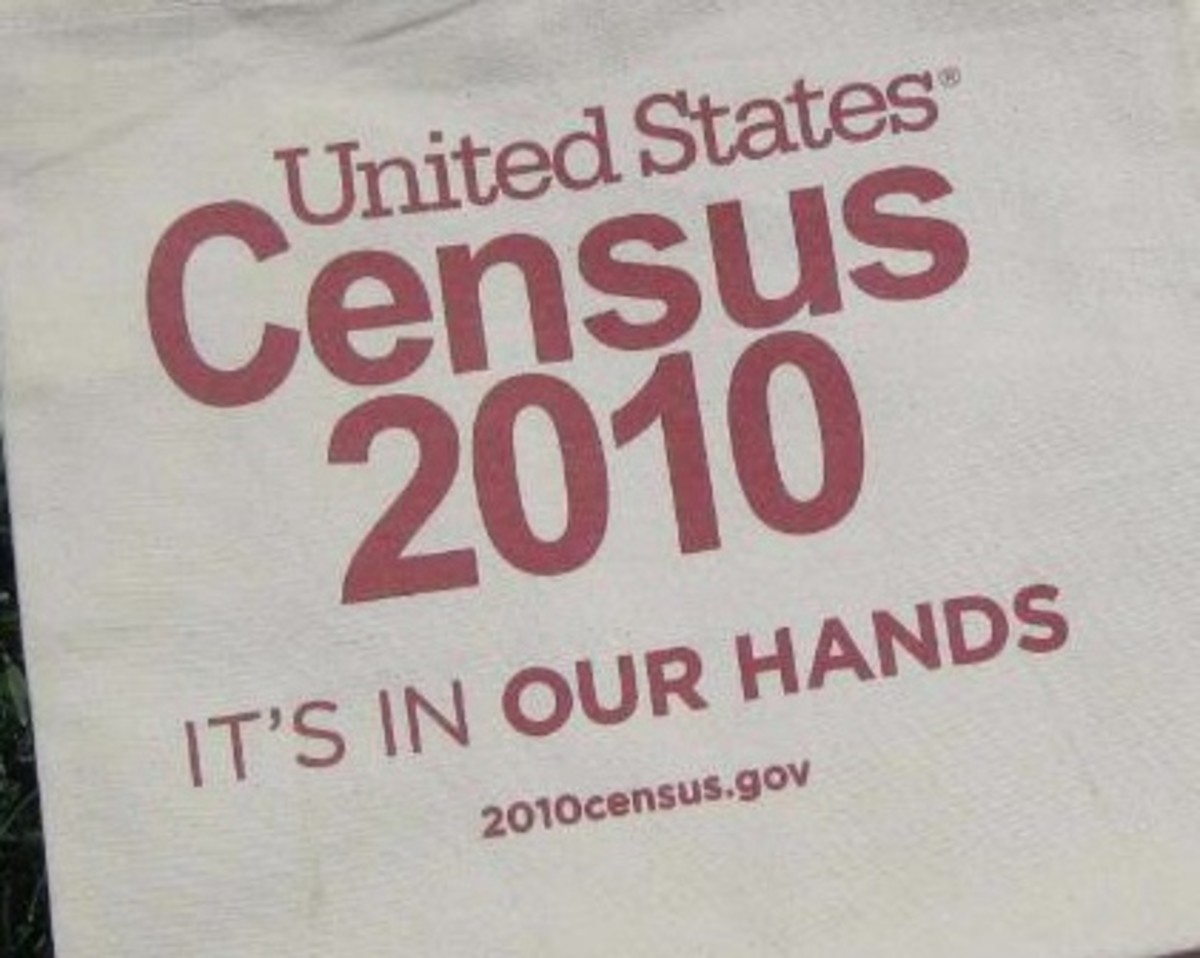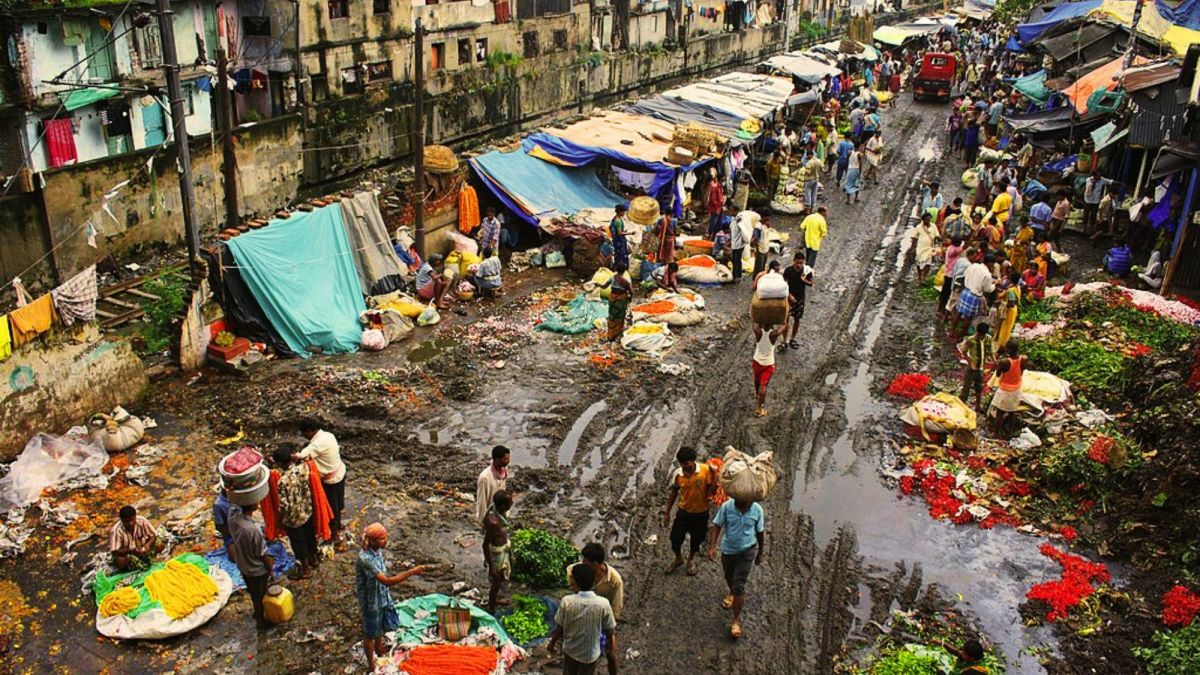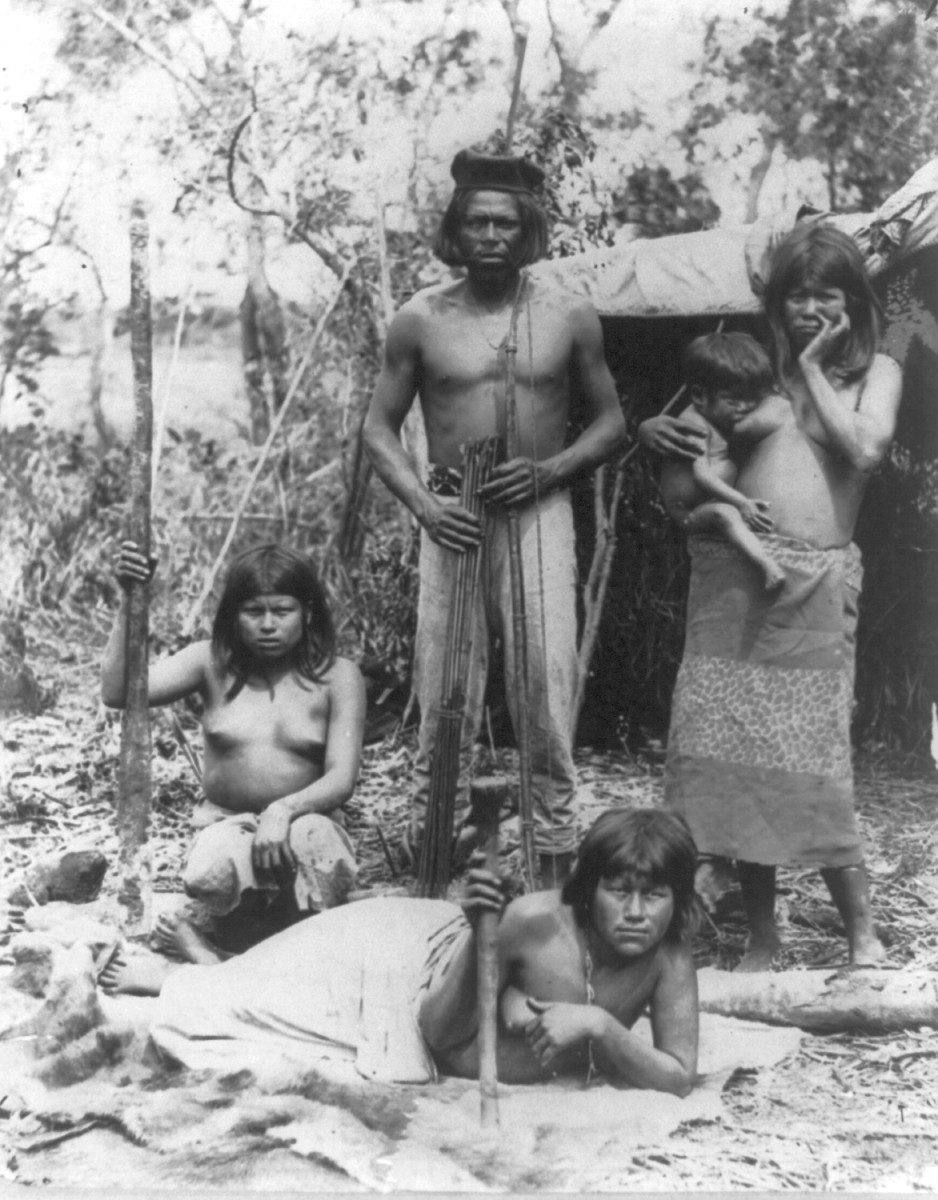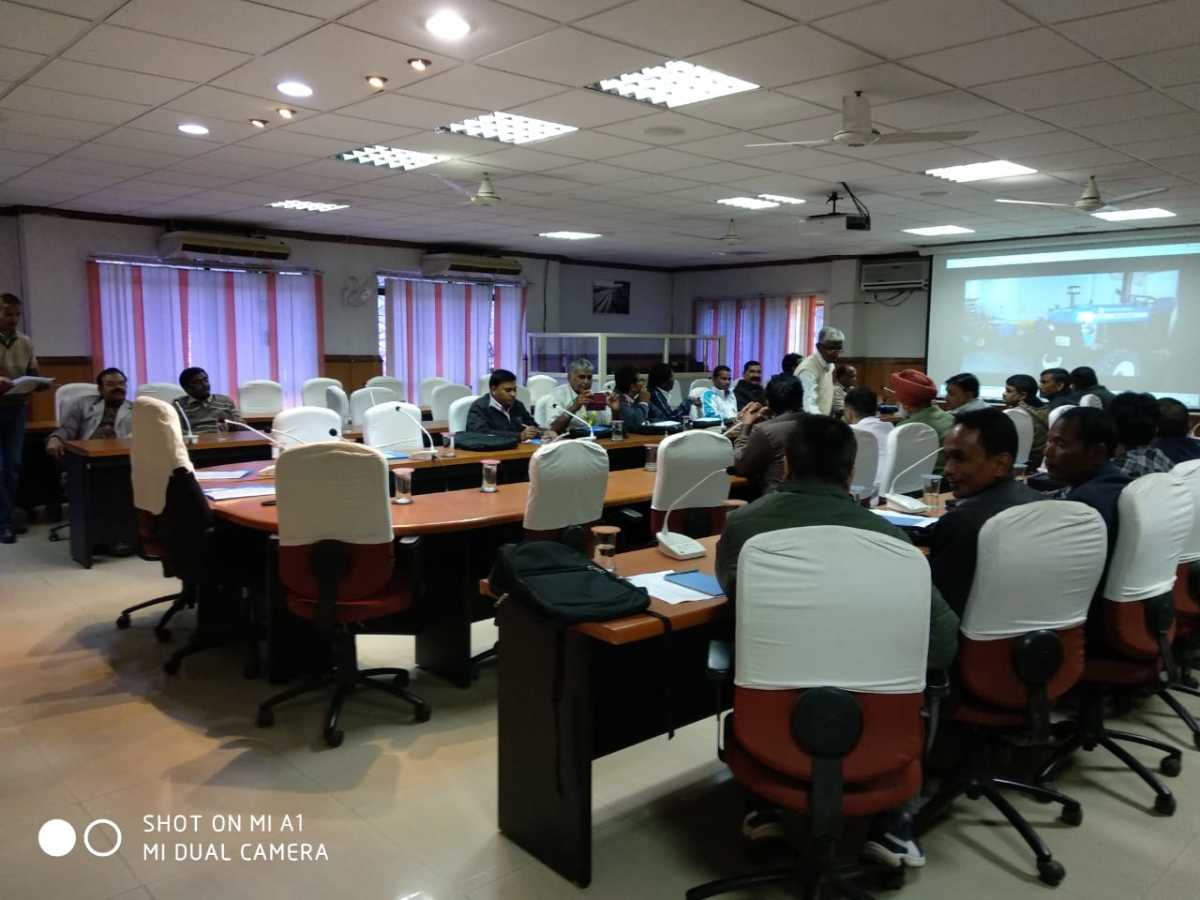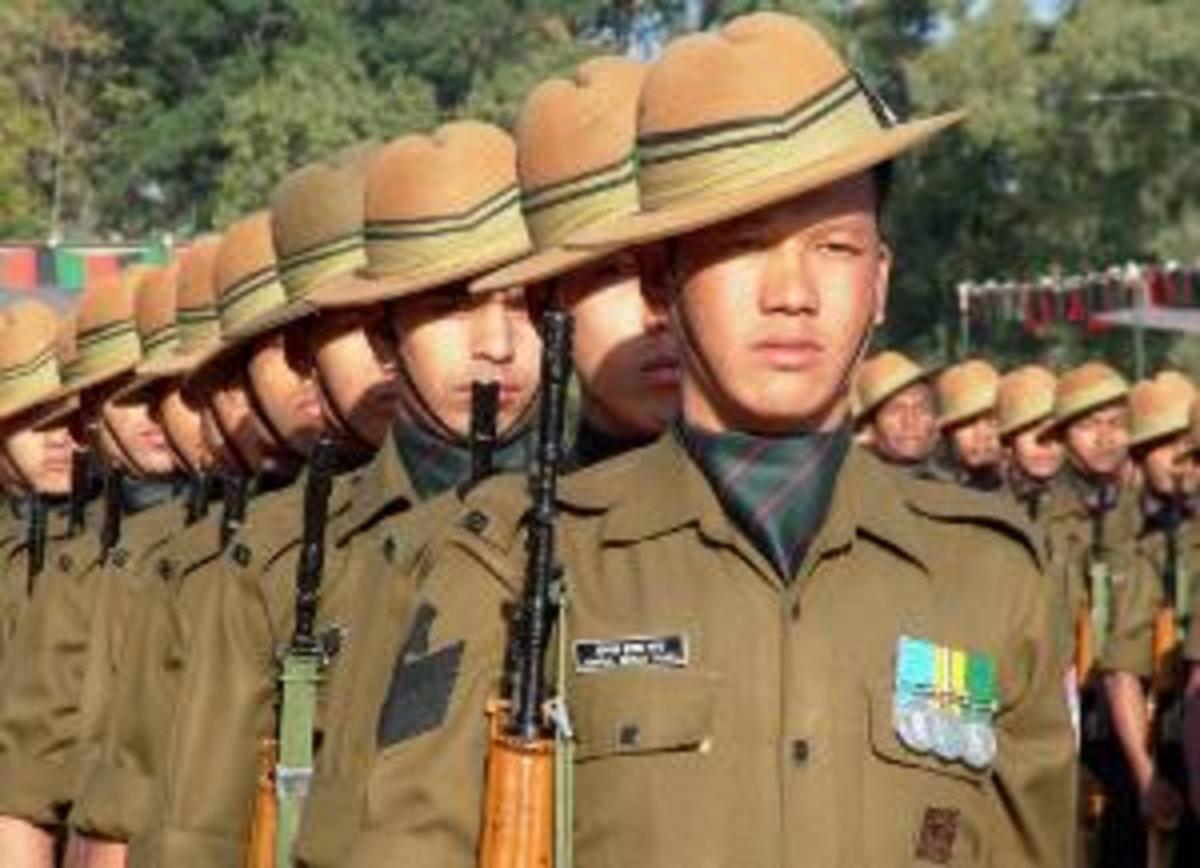India's Census of 2011
Mascot of 2011 Census

Census,an Introduction
What is Census :-
A census is the computation of population at a regular interval of a definite geographical region by the local government of that region once in every ten years. Census in India is backed up by Census Act, 1948. Census questionnaires or schedules are printed in sixteen(16) languages. Eighteen or 18 languages are used to print instruction manuals. A person is employed to visit each and every household in the locality to collect information.This person ,assigned to collect data , is called the enumerator.
Necessity of Census:-
India is a multi-ethnic ,multilingual,multicultural,multi-social,multi-economical country.It needs census not only to count how many people are living here but also to make planning and policies on the basis of economic,social,cultural profile of every Indian for a promising future.It supplies valuable and necessary information of the population at a definite point of time.The census is not only used by the national or regional government but also by the international agencies.business magnates ,industrialists,intellectuals .Economic condition,social justice, public facilities are provided after having focused on detailed information about the people of our country.Census bears the role of an indicator.It is a picture of socioeconomic, demographic and cultural profile of the country at a particular point of time.Delimitation is done on the basis of census.
India has been publishing census since 1972.It has been organized every ten years.The 2011th census is the 15th census of India. Census is now conducted by the Registrar General and Census Commissioner of India. This is conducted in decennial mode .
Gandhi's Consent on Census :-
Mahatma Gandhi ,the great international pacifist and leader ,supported Census during the British Rule in India ."I have been asked as to whether census enumerators should co-operate with the Government by responding to the Government call.Not being clear myself I have hitherto shirked a public answer.The spirit of civil disobedience in me has pulled me in the opposite direction .My loyalty has triumphed and I am clear that we must co-operate with the government in the matter of the census.I am convinced that it strengthens our cause...."
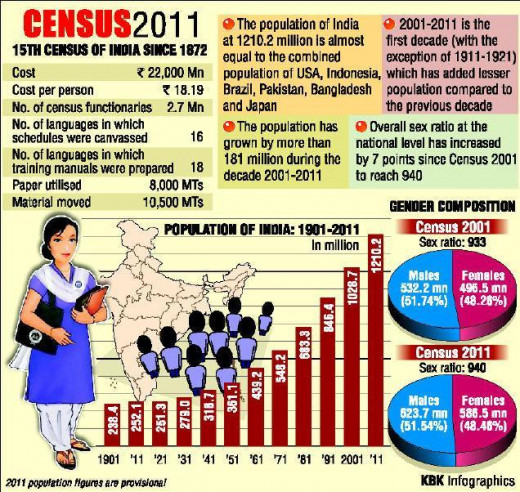
Enumerators Collecting Data
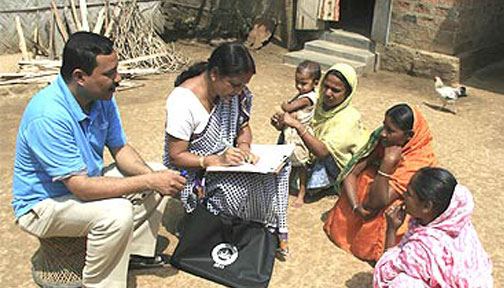
Organizing Census 2011
The enumeration process for Census 2011 began on February 9 and continued till February 28, 2011. House listing & housing census and collection of data on National Population Register(NPR) was completed in the first phase which had been running from April to September 2010. The phase which were being conducted during February , was the second or the last phase when both 2.7 million enumerators and supervisors went to houses for counting .Approximately population for 240 million households was to be counted in this census. 1.7%,the omission rate in Indian Census is noteworthy in relation to international norm. Questionnaire with 29 questions on demographic, marital status, cultural, literacy, economic, migration, travel to place of work and fertility parameters was set to make the census..Features like new or revised questions on the institutional house hold; innovation of new category in gender ; different codes for separated and divorced; new code under status of school attendance and a separate code included under non economic activity were in the array. Census 2011 launched a census oriented program to impart knowledge of census into the school students.A toll free phone number was provided to receive grievances from public. Dr. C. Chandramauli , Registrar General and Census Commissioner of India provided details of 2011 census and successfully directed the gigantic program. It made a cost of Rs.2200 crore(347159560 US Dollar).
State-wise Tabular 2011 Census of India
State
| Population
| Population in (0-6) Age Group
| Literate
| Districts
| TownsTowns
|
|---|---|---|---|---|---|
Andhra Pradesh
| 8,45,80,777
| 91,42,802
| 5,05,56,760
| 23
| 353
|
Arunachal Pradesh
| 13,83,727
| 2,12,188
| 7,66,005
| 16
| 27
|
Assam
| 3,12,05,576
| 46,38,130
| 1,91,77,977
| 27
| 214
|
Bihar
| 10,40,99,452
| 1,91,33,964
| 5,25,04,553
| 38
| 199
|
Chhattisgarh
| 2,55,45,198
| 36,61,689
| 1,53,79,922
| 18
| 182
|
Gujrat
| 6,04,39,692
| 77,77,262
| 4,10,93,358
| 26
| 348
|
Goa
| 14,58,545
| 1,44,611
| 11,65,487
| 2
| 70
|
Haryana
| 2,53,51,462
| 33,80,721
| 1,65,98,988
| 21
| 154
|
Himachal Pradesh
| 68,64,602
| 7,77,898
| 50,39,736
| 12
| 59
|
Jammu & Kashmir
| 1,25,41,302
| 20,18,905
| 70,67,233
| 22
| 122
|
Jharkhand
| 3,29,88,134
| 53,89,495
| 1,83,28,069
| 24
| 228
|
Karnataka
| 6,10,95,297
| 71,61,033
| 4,06,47,322
| 30
| 347
|
Kerala
| 3,34,06,061
| 34,72,955
| 2,81,35,824
| 14
| 520
|
Madhya Pradesh
| 7,26,26,809
| 1,08,09,395
| 4,28,51,169
| 50
| 476
|
Meghalaya
| 29,66,889
| 5,68,538
| 17,85,005
| 7
| 22
|
Maharashtra
| 11,23,74,333
| 1,33,26,517
| 8,15,54,290
| 35
| 534
|
Manipur
| 28,55,794
| 3,75,357
| 19,08,476
| 9
| 51
|
Mizoram
| 10,97,206
| 1,68,531
| 8,48,175
| 8
| 23
|
Nagaland
| 19,78,502
| 2,91,071
| 13,42,434
| 11
| 26
|
Odisha
| 4,19,74,218
| 52,73,194
| 2,67,42,595
| 30
| 223
|
Punjab
| 2,77,43,338
| 30,76,219
| 1,87,07,137
| 20
| 217
|
Rajasthan
| 6,85,48,437
| 1,06,49,504
| 3,82,75,282
| 33
| 297
|
Sikkim
| 6,10,577
| 64,111
| 4,44,952
| 4
| 9
|
Tamil Nadu
| 7,21,47,030
| 74,23,832
| 5,18,37,507
| 32
| 1,097
|
Tripura
| 36,73,917
| 4,58,014
| 28,04,783
| 4
| 42
|
Uttarakhand
| 1,00,86,292
| 13,55,814
| 68,80,953
| 13
| 115
|
Uttar Pradesh
| 19,98,12,341
| 3,07,91,331
| 11,43,97,555
| 71
| 915
|
Wes Bengal
| 9,12,76,115
| 1,05,81,466
| 6,15,38,281
| 19
| 909
|
Union Territories
| Population
| Population in (0-6) Age Group
| Literates
| Districts
| Towns
|
Andaman & Nicobar Islans
| 3,80,581
| 40,878
| 2,94,281
| 3
| 5
|
Chandigarh
| 10,55,450
| 1,19,434
| 8,05,438
| 1
| 6
|
Dadra & Nagar Haveli
| 3,43,709
| 50,895
| 2,23,230
| 1
| 6
|
Daman & Diu
| 2,43,247
| 26,934
| 1,88,406
| 2
| 8
|
Delhi(NCT)
| 1,67,87,941
| 20,12,454
| 1,27,37,767
| 9
| 113
|
Lakshadweep
| 64,473
| 7,255
| 52,553
| 1
| 6
|
Puducherry
| 12,47,953
| 1,32,858
| 9,57,309
| 4
| 10
|
Country
| Population
| Population in (0-6) Age Group
| Literates
| Districts
| Towns
|
India
| 1,21,08,54,977
| 16,45,15,253
| 76,36,38,812
| 640
| 7,933
|
Sex Ratio -a Matter of Grave Concern
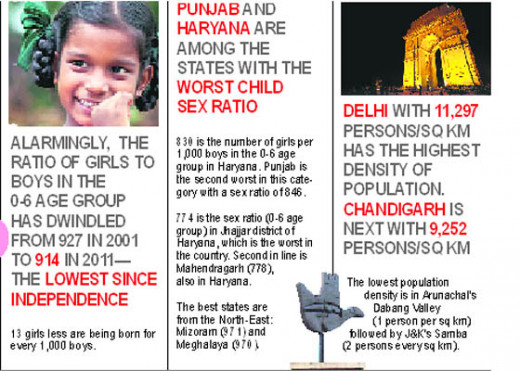
2011 Population
The present population of India is about 1210 million.This time the population growth is above eighteen crores than the previous one of 2001 census.Density of population is three hundred eighty two per square kilometer.Among the people sixty two crores are males and others are or fifty nine crores are females.The population of India was, in 2001, was 1,028,737,436 . 532,223,090 were males and 496,514,346 were females.
Sex Ratio :-
Sex ratio is the number of females in every thousand males.It is nine hundred forty three. It was 941 in 1961.The lowest was calculated in 1991 when enumerators recorded 926 females in 1000 males.Internationally 952 females are born in every 1000 males.People favored boys than girls in time of birth.This has become a tradition which should be broken to establish new equitable tradition for girls and boys.Females are biologically stronger.Thus in later years females survive more than males.But the sex ratio which was 927 in 2001 is an alarming indicator for the stability of a sustainable healthy society.We should see the sex ratio of Kerala and learn something from them.
Child Sex Ratio :-
Child Sex Ratio is the number of girls in thousand boys in the age group of zero to six(0-6). Child sex ratio is nine hundred nineteen. The child sex ration was 976 in 1961 and this census shows that the decrement of this ratio.It is a matter of grave concern.
Literacy:-
If a person can read and write with understanding in any language , can be considered as a literate person.This person should be aged 7 or above.He needs not obtain any formal educational degree.Total literates are divided with population of 7 years age.This number is multiplied with 100 to obtain the literacy rate.
In 1961 it was 30.7 and this census records 73 percent in 2011.Rural literacy rate is 67.8 and the urban is 84.1 percent .There has been an 8.2 percent increase in literacy rates than the previous one.The male literacy rate is 80.9 percent : rural 77.2 percent and urban 88.8 percent.Among the states, Kerala stans supreme in rural male literacy rate pointing out 95.4 percent. Arunachal Pradesh has the lowest rate of male literates(67.4%). Mizoram holds the highest urban literacy rate(98.0%). Uttar Pradesh has the lowest urban male literacy rate.
Female literacy rate is 64.6 percent.Rural rate is 57.9 percent.Urban rate is 79.1 percent.Again Kerala is the highest in rural female literacy rate(90.8). Lowest is 45.8 percent in Rajasthan.Urban highest literacy rate for women is in Mizoram bearing 97.3 percent leaving Jammu & Kashmir for the lowest rate of urban literacy rate for the women(69.0).
Youth India, An Economical Productive Group:-
In this census ,the enumerators found a delightful fact that the sixty percent of people of the total population are between the ages of fifteen to fifty nine.It means India has now a vital strength of youth that can be considered as the hard working class .These people are more energetic than others.This shows India as Youth India.There is 60 percent of people in the age group of 15 to 59.This is the group of people who are fit and active and economically productive.This mens India has a great 'demographic divident' which means India has a greater economic advantage than other countries.These people must be well educated with soud healths.Then they can work hard and earn efficiently.
Some Memorable States for Literacy Rate
Category
| State
| Percentage
| Rank
|
|---|---|---|---|
Male Rural
| Kerala
| 95.4
| Highest
|
Male Rural
| Arunachal Pradesh
| 67.4
| Lowest
|
Male Urban
| Mizoram
| 98.
| Highest
|
Male Urban
| Uttar Pradesh
| 80.4
| Lowest
|
Category
| State
| Percentage
| Rank
|
Female Rural
| Kerala
| 90.8
| Highest
|
Female Rural
| Rajasthan
| 45.8
| Lowest
|
Female Urban
| Mizoram
| 97.3
| Highest
|
Female Urban
| Jammu & Kashmir
| 69.0
| Lowest
|
Post Stamp for 2011 Census
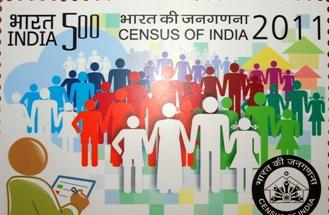
Duty of Us
We should provide correct, complete data to the enumerator.

